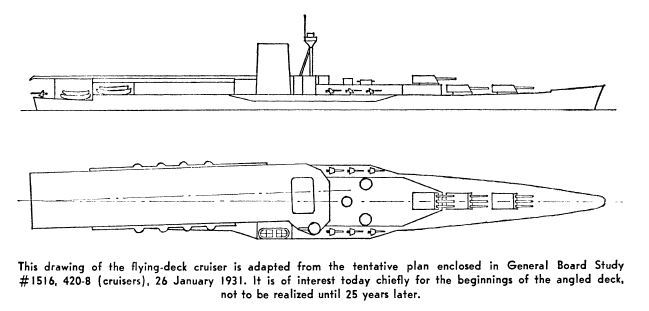I'm comfortable with most of the CVA01 innovations, after all necessity is the mother of invention and the British invented everything that made carriers useable in the post war world: steam catapults, angled deck, mirror landing sight and ski-jump. Given they're 4 for 4 I'd say the Alaskan Taxiway and parallel deck will work well enough.
Speed will be crucial, Sea Dart will go and flight deck space will be maximised but not much else will change.
The steam boilers are a concern, the obvious fix would be Olympus Gas Turbines, making 44,000hp in the Bristol and 50,000hp in the Sheffield so easily replacing the 135,000hp steam of the 66 design and the steam required could be generated by making steam with the GT exhaust readily enough like a combined cycle power station. GTs offer MASSIVE advantages over steam, they drastically reduce refit time for starters by eliminating prolonged boiler overhauls at ever reducing intervals and weigh considerably less than steam which will help with the weight growth of the ship.
BUT, and this is a big but, can I handwave them in? I know they require a lot of exhaust trunking but I doubt this is a show stopper.

